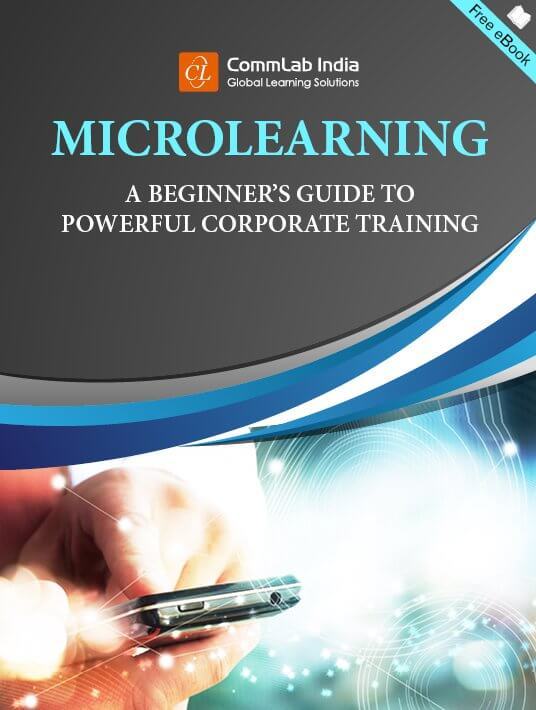How To Use Microlearning For Informal Learning
Taking cues from the way informal learning takes place, we can create complimentary resources for employees who can access knowledge just the way they do (at the time of need), but will have a dedicated place on the Learning Management System or Intranet Portal from where they can access information. These complimentary resources can be in the form of microlearning modules. Microlearning can be very efficiently used to create learning content that promotes informal learning in the organization.

Microlearning is a strategy that delivers small bits of information, effectively. Today’s millennial employees don’t have the time to take a course that will shelve off hours of productivity from their day. The founding principles of an informal approach are so similar to microlearning that they can be viewed as a match made in heaven. Check out how microlearning adds to the informal learning experience of employees in organizations:
1. Multi-device Accessibility
Today’s millennial employees are constantly on multiple devices and they use all of them for different purposes. It seems but natural that their training should follow suit. Microlearning courses are designed in a way that makes them equally impactful on devices of all screen sizes and functionalities. By giving learners a seamless experience across all their devices, it makes sure that there is no disruption in the learning process. As there is no certainty as to where, and on what device, informal training might be taken, the multi-device accessibility of microlearning perfectly fits its bill.
2. Just-In-Time Training
Informal learning happens spontaneously, at the time of need. Microlearning, thanks to its format, can be used effectively to double up as an instant source of knowledge. It deters from flooding users with information at the wrong time. Rather, it aims to pull the user toward the training by giving them the right information at the right time. Microlearning as it turns out, is perfect to deliver just-in-time trainings. These trainings are supposed to be short, quick and impactful, enabling users to achieve an immediate goal. Like informal learning, microlearning gives great on-the-job context to help employees apply what they learn. The context creates an immediate change in behavior and skill, which is ultimately the goal of both these methodologies.
3. Personalized Learning Styles
Each of us has our own preferences when it comes to learning. I might prefer to go online and see a video to gain knowledge on a subject whereas you might prefer to quickly go through a PDF document or a podcast on the same subject. The driving factor of the microlearning approach is that it can be flexible according to the preferences of various users. Microlearning can adequately fulfill this need for personalization, as it takes a course or module and deconstructs it to form the building blocks for the micro-course. Different teaching techniques can be applied to each of the blocks to create a bucket of courses that has something for everyone.
4. Rich Multimedia
We keep hearing instances where people have built things, repaired appliances, and gained new knowledge, just by watching educational videos on the Internet. The use of graphical elements, images, and animations often makes the content engaging and learner-friendly. All these resources are examples of microlearning modules, albeit this is ‘informal’ and open to the public at large. But, we can use the same concept in training. Multimedia elements keep learners thoroughly invested in the training and also increase knowledge retention and recollection.
5. Fewer Distractions
Informal learning intertwines around a learner’s schedule. When does informal learning take place? Usually, when there is a need. In the context of work, employees seek knowledge when they are faced with a problem or issue, and want to fix it. It is not taking employees away from work but is actually helping them work. Microlearning offers the same option, but in a more structured way. Instead of leaving it to the employees to figure out where to find information, employees can access the bunch of resources on the LMS or Internet Portal whenever they need to resolve an issue or are looking for quick information or guidance. It does not involve elaborate preparations in terms of planning to take time off work, therefore it causes minimal disruption to work. If at all, these resources only complement employees’ job responsibilities.
By understanding how informal learning takes place, you can create strong microlearning modules so that learners get an appropriate informal learning experience. Utilize microlearning to create powerful corporate training that can really drive up your profitability. Still have questions about microlearning? Click here to clear up all your foggy notions.









